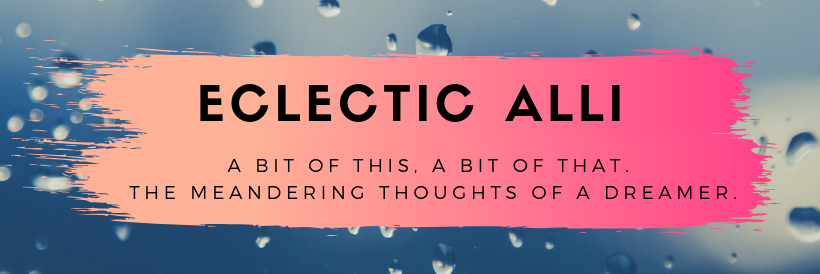Hey guys! This is Rose B. Fischer. You might know me from over on my blog of the same name. If not, it’s nice to meet you!
Last year, I blogged through an experiment in designing a drafting and revision process that works better for me than what I have been doing for. The blog series was known as Think Ink. This year, I’m doing another round of Think Ink focused on my world building system. Alli invited me to share my posts here with you, so here I am.
In week one I explained my organizational process thus far and why I’d like to change it.
In week two, I talked about what hasn’t worked to see if I can get a better idea of what WILL work.
This week, I’ll take a look at some new tools and come up with a plan.
Scrivener — I’m not a story boarder. I don’t like using the corkboard and index card method to plot my stories. I think in large chunks of words, and it’s hard for me to express an idea that’s still forming in abbreviated terms or a few sentences. Having to do that is incredibly frustrating, and I usually won’t remember much or be able to follow the trains of thought afterward. So, I didn’t think Scrivener had much to offer me over Microsoft Word or even WordPad. I have to admit, I like simplicity, and I do most of my drafting in WordPad because the interface is minimal and it has only the functions I need. I have a subfolder addiction, and I have a detailed method for organizing my docs in Windows, so I thought, “The binder tree is basically a bunch of icons that function like Windows folders. What’s the big deal?”
And I was right. You can do most of the organizational things Scrivener does right in Windows, but the advantage is that you can view and edit ALL your documents while only having to open the binder once. No hunting through and waiting forWord spash screens or trying to remember which subfolder you put that one document in. The internal surface a lot faster than Windows’ search function, and there are tagging and label features that can help you customize your experience.
I did find a use for the corkboard. I still write all of my drafts in WordPad. I can’t talk myself into giving up control of my file locations, and I don’t want to have to hunt for my raw data. But at the end of each session, I import my files into Scrivener’s binder. Then I switchd to corkboard view and add keywords and notes to remind me of what’s in each file, whether it’s the scene, a monologue or what. That way I know how to find what I’m looking for later on and I can see where it is with a quick glance. I don’t have to come up with descriptions or tagging text before I know what’s actually on the page.
Scapple — Scapple is a free-form text editor by the makers of scrivener. It can be used in lots of ways, and I have some samples of the full review here on my blog. (Alli, post isn’t live yet, you’ll have to add it the week before.) I’m very particular about how I like things organized. I need them to be neat, well aligned, and there needs to be negative space between each section. I very much need defined borders or outlines around things in order to process the discrete chunks of information. Scapple lets me throw a bunch of ideas down in a Word document, import them, and then move them around into different shapes and sections so that I can see connections but also have order and clean space (as opposed to most mindmapping tools which are messy and get confusing as connections grow.
Inspiration—Inspiration is a new tool I found with similar functions to Scapple. The graphic options are richer and more complex. There are several options for viewing content, including an outline, and it has collapsible notes. The down sides are the price tag and the lack of an import feature. Scapple still gets my vote for functionality, but I like Inspiration’s visual style.
Aeon Timeline — I have a review of Aeon timeline with a sample project and a followup post both on rosebfischer.com. (Add links). It’s a great reference to have for an ongoing project, but the timelines do get unwieldy when dealing with long timeframes or big casts. You may have to consider breaking them up, even though the program offers functionality for viewing one arc or section at a time.
Trello — although Trello hasn’t worked out for me as an organizational tool for my notes, it’s incredibly helpful with collaborative projects and time management. Both of those are important for any writer with more than one iron in the fire.
My plan now is to experiment with creating a template for a series Bible in Scrivener, using the other programs for data production and management.
Like what you see here?
Visit rosebfischer.com for more!
You can also follow me on Facebook|Twitter|Pinterest|DeviantArt


Reblogged this on Rose B Fischer.
LikeLike